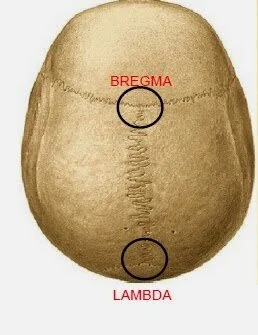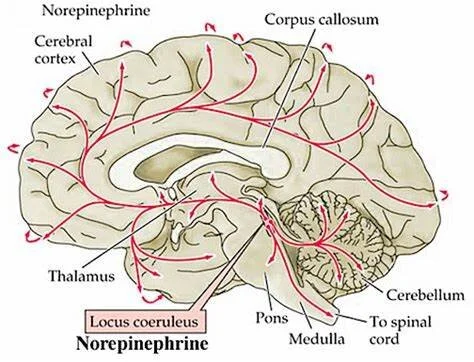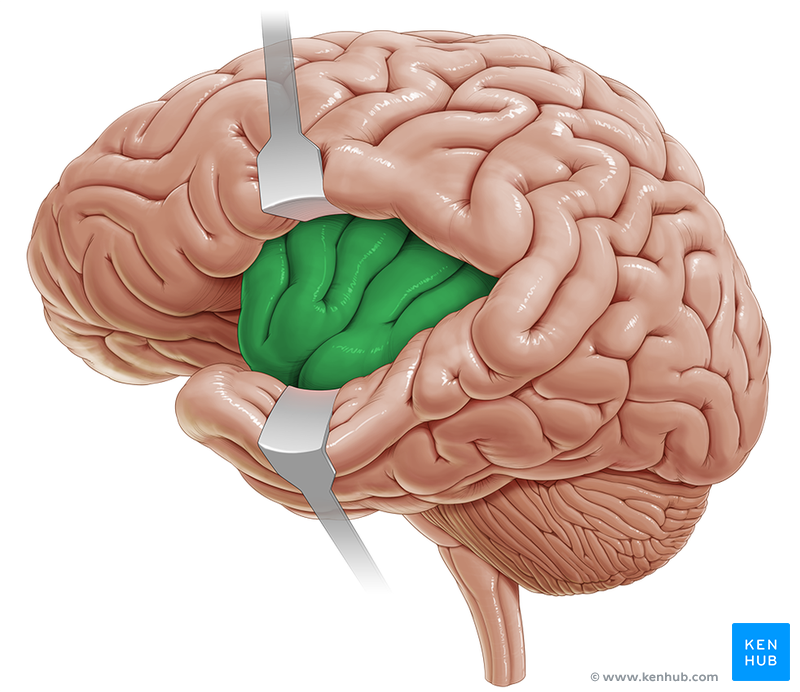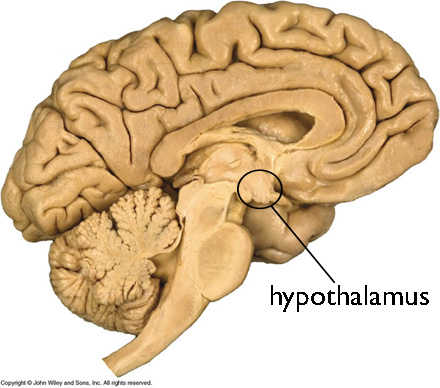Answer: The retina of the eye uses laterally projecting cells to inhibit nearby neuronal output, thus enhancing our ability to perceive edges.
The retina of our eyes consist of a layer of five cells that allow us to detect light. The photoreceptor cells are the first to detect photons of light, and these cells (rods and cones) convert the photons into an electrical signal using proteins like rhodopsin and photon. From here, these light sensitive proteins cause the photoreceptors to change their signaling pattern, which then cause the next cells in the signaling pathway to change their activity as well. These cells then bundle their axons into the optic nerve for higher order processing in the occipital lobe of the brain.
In these first few steps of detection of light, the pathway of information travel is modified by two sets of parallel processing interneurons, called the horizontal and amacrine cells. Anatomically speaking, horizontal cells exist at the layer of the retina between the photoreceptor cells and the second cell in the pathway, the bipolar cells. Here, the horizontal cells play a role in modifying the release of glutamate from adjacent photoreceptor neurons. So, when a horizontal cell is activated by glutamate that is released by the photoreceptor cells, it inhibits adjacent photoreceptor cells. By inhibiting the neighboring cells, the horizontal cells cause the detection of the original signal to be more salient.
The second set of interneurons is the amacrine cells. These amacrine cells exist between the bipolar cells and the retinal ganglion cells, which make up the main output of the retina. There are more than 30 such types of amacrine cells. These amacrine cells modify the output of the bipolar cells. They are mostly inhibitory, releasing either GABA or glycine. They participate in lateral inhibition, but likely also contribute to a large variety of other functions such as direction detection as well.
The setup of the visual circuitry is such that small, precise stimuli more strongly activate the output neurons of the eye compared to widely activating stimuli. This allows a person to distinguish edges more precisely. The theory suggests that through evolution, the ability to identify edges provided a survival advantage over those whose visual systems did not have lateral inhibition systems.
Because of lateral inhibition, our brain perceives some optical illusions. For example, in the Hermann grid consisting of black boxes separated by white lines on a grid, people often see gray blobs at the intersections of the white lines. The white from the sides, top, and bottom activates the horizontal cells, which inhibits the adjacent photoreceptors, decreases signaling from the adjacent visual receptive fields.
Another optical illusion that is produced as a result of this circuitry is seen in Mach bands. Here, a gradation of progressively lighter shades of gray are presented. At the intersection between each panel of gray, the gray appears lighter before a darker panel, and darker before a lighter panel. This allows us to more easily distinguish the edges between grays.











